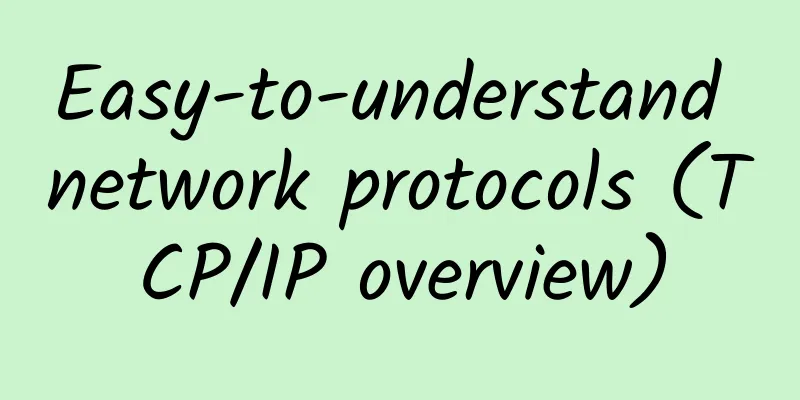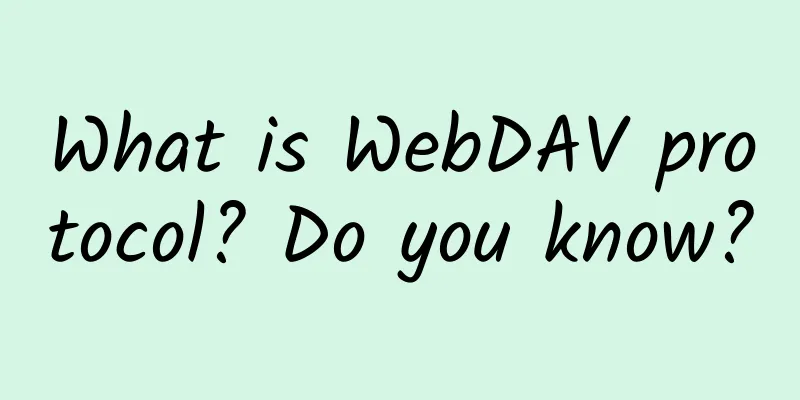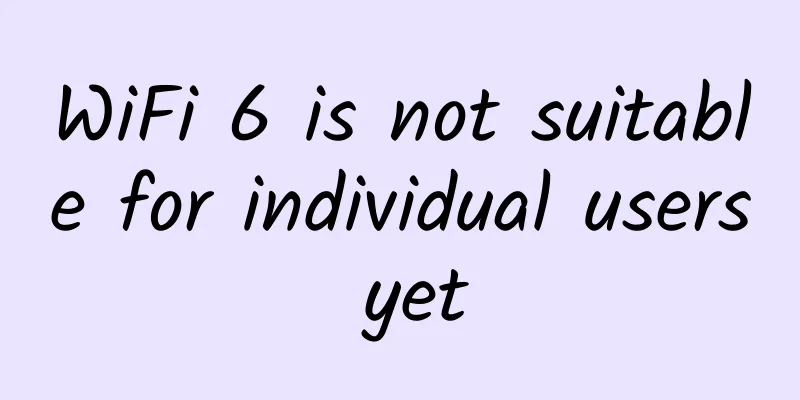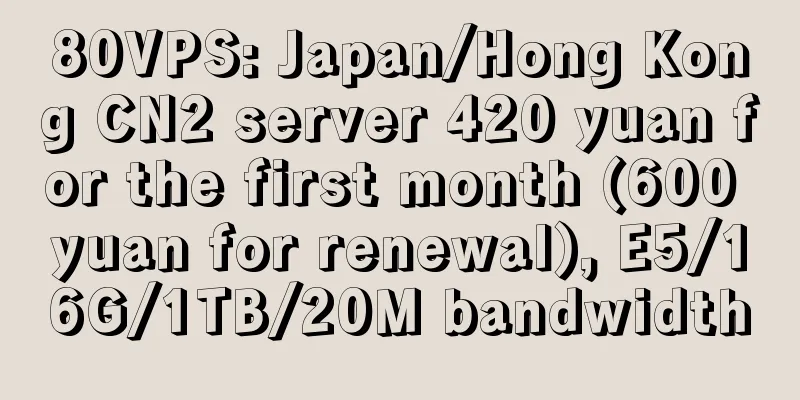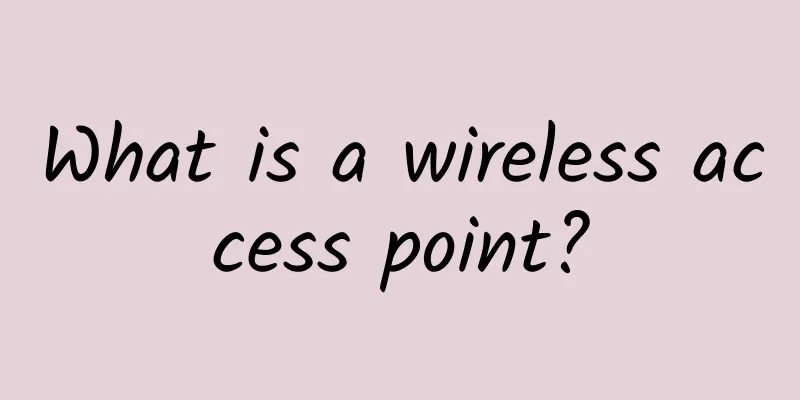How to choose IoT communication technology
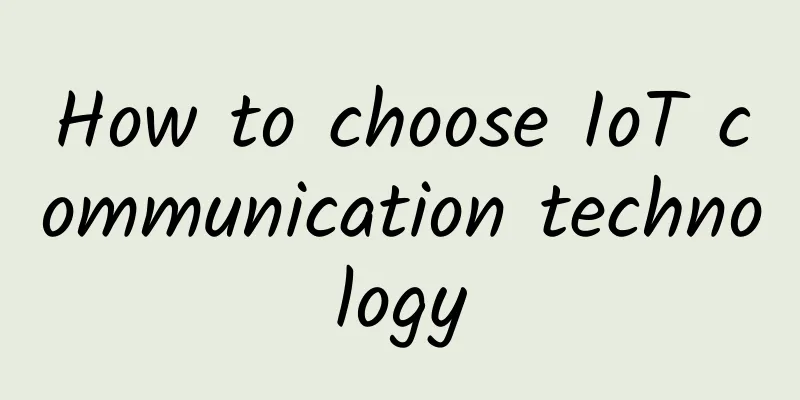
|
Communication technology, as a basic technology, is very important for IoT products and solutions. The status of communication technology in the IoT industry is very important. So, how should we choose IoT communication technology? How to choose IoT communication technology 1. Coverage Coverage refers to the effective communication range of nodes (terminals) and gateways (base stations), and is an important indicator for measuring communication technology. IoT applications usually have the characteristics of small data volume, large number of devices, and scattered distribution, so coverage is a very important factor. The larger the coverage, the fewer base stations are required, and the cost and difficulty of base stations and deployment will be greatly reduced. You can calculate that if a Bluetooth base station costs 300 yuan, it can cover a range of 50 meters, and a LoRa base station costs 5,000 yuan, it can cover a range of 3,000 meters. How many Bluetooth base stations do you need to cover a range of 3,000 meters? What is the deployment cost? (Note: This is just an assumption based on the coverage range, and in fact, only one factor will not be considered) From the above, we can see that the coverage range of LoRa, NB-IOT, and ZETA is tens of kilometers, while ZigBee and Bluetooth are within 100 meters. If your application scenario requires wide coverage as a hard indicator, then you don’t need to consider the latter two. From the above figure, it can be seen that in general, the lower the communication frequency band, the larger the coverage range. This is mainly because the lower the frequency band, the less attenuation when it propagates in the air and objects, and vice versa. 2. Communication rate The communication rate is the amount of data that a node or gateway can transmit in a certain period of time. Assume that the communication rate of a gateway is 10kbps (1280 bytes), and the data of a sensor is 8 bytes at a time. This means that the gateway or node can send and receive data from 1280 bytes/8 bytes = 160 sensors at most per second. Of course, this is only a theoretical value, and the actual value will be affected by factors such as avoiding data conflicts and sending data. The communication rate is related to the number of channels in the gateway. The more channels, the higher the rate. In terms of commonly used communication technologies, the higher the rate, the better. However, in the nature of the Internet of Things industry, there is no particularly large amount of data to be transmitted. Therefore, when considering the communication rate, we should mainly consider how many devices are there in an area? How much concurrent data will be generated? What communication technology gateway can carry these numbers? In this way, we can choose the appropriate communication technology and reserve some redundancy. 3. Communication frequency band Frequency band refers to the frequency range of electromagnetic waves, with the unit of Hz. The 2.4G or 5G WIFI we often talk about actually refers to the frequency band. There are two types of radio frequency bands: unlicensed and licensed. For example, 2.4G, 5G and 470~510MHz used by WIFI and LoRa in China are all unlicensed frequency bands, so we can use them directly for free. There are also some frequency bands that are regulated by the state and need to be applied to the state before they can be used. Therefore, when we choose a frequency band, we need to consider whether the frequency band needs to be authorized. If it is an unlicensed frequency band, we also need to test whether the frequency band is crowded? And how to deal with the same frequency band interference problem. The higher the radio frequency band, the higher the data transmission rate, and of course the power consumption will increase accordingly. Many devices in the IoT industry usually have small data volumes and are battery-powered, so the devices need to reduce power consumption as much as possible. For example, high-power communication technologies such as WiFi have very limited usage scenarios and are usually only used on active devices in a small range. 4. Carrier Network & Private Network Operator networks refer to the communication networks built by China Unicom, China Mobile, China Telecom and other companies. The gateways of such networks are built by operators, so local area network communication of local devices cannot be achieved through such networks, nor can edge computing of local multi-data sources be achieved. Operator networks have a large coverage area, stable signals, and users can use them as soon as they access them. Of course, communication fees must be paid. In the first picture, in addition to 4G and NB-IOT, which are operator networks, technologies such as LoRa, WiFi, Zigbee, Bluetooth, ZETA, and RFID can all build private local area networks. This type of network requires users to build gateways to form a network. Compared with operator networks, this type of network does not require communication fees, and can also use its local area network characteristics to achieve edge computing of local multi-data sources. However, the deployment and maintenance costs of base stations are high, so it is necessary to consider which type of network is more suitable based on the business scenario. For application scenarios such as shared bicycles where the data volume is small and the equipment is scattered and not fixed, it is most appropriate to use the operator network. However, if the site is fixed, the equipment is concentrated, or if edge computing scenarios require multiple data sources and a large amount of data, then building a private network is more appropriate. This will save a lot of communication costs and the data response speed will be faster. 5. Power consumption Power consumption is a trade-off and headache for the IoT industry. In addition to the fact that the higher the frequency band, the greater the transmission rate, the higher the energy consumption, another factor that affects power consumption is the communication protocol. Communication protocols such as WIFI are relatively complex and will maintain long connections, so they are more power-consuming. However, communication protocols such as LoRa, ZigBee, and NB-IOT are simple, with short message lengths and multiple working modes. The working mode can be adjusted according to the application scenario to achieve the purpose of reducing power consumption. 6. Single-hop & multi-hop communication The single-hop communication method is node-gateway-cloud, which means that the data of the node goes directly to the cloud through the gateway, and cannot be routed and forwarded between gateways. In this way, the signal range of a single gateway is the range it can be used. If you want to cover a larger or farther range, you can only add gateways, but each gateway needs to be connected to Ethernet to upload data to the cloud. Therefore, the networking cost and complexity of the gateway are high, and the place where the gateway is deployed needs to have both power supply and network coverage. The multi-hop communication method is a node-gateway-relay-cloud architecture, which means that data can be routed between gateways and relays, and finally a gateway can upload data from multiple relay terminals to the cloud. This multi-hop method can cover a larger or farther range by adding relays, and only one gateway is required to have the ability to upload data to the cloud. In this way, the relay devices only need to have a power supply, and can even be powered by batteries, which greatly reduces the cost and difficulty of deployment. The most suitable application scenario for this method is the application of high-voltage line communication, which has a large range and small data volume, because high-voltage base stations are generally located in open fields or mountainous areas, and it is relatively troublesome to connect to each other. Through multi-hop communication, as long as one gateway can connect to the cloud, it can drive the data of many gateways to the cloud. Communications such as LoRa are all single-hop communications, while communications such as ZETA, ZigBee, WIFI, and Bluetooth are multi-hop communications. When using multi-hop communications, it should be noted that the communication rate of the cloud gateway directly limits the total communication rate of the cloud gateway passing through it. Communication technology is the core link in the Internet of Things industry. It is irreplaceable and plays a connecting role. It can connect to sensors and other products upwards and terminal products and industry applications downwards. Therefore, it is necessary to understand how to choose the Internet of Things communication technology. |
<<: New infrastructure becomes the biggest driving force for China's data center industry in 2020
>>: Development Trends and Prospects of Future Networks
Recommend
OneTechCloud: 20% off on all VPS, Hong Kong CN2, Japan CN2, US CN2 GIA, high-security VPS, native IP
OneTechCloud (Yikeyun) offers a minimum 20% disco...
10gbiz July Offer: Hong Kong/Los Angeles VPS 40% off, monthly payment starts at $2.36, Silicon Valley dedicated server/station cluster server first month half price
I received a July discount from 10gbiz, offering ...
The number of FTTP users exceeds DSL for the first time in the global broadband access development turning point
Recently, Proximus, the largest telecommunication...
“Hotel chains” also have “five-star” Wi-Fi! How did Lavande Hotels do it?
Hotel Wi-Fi ≈ Slow speed and insecurity? This pro...
How fast is 5G? How does the 5G network work?
[[257849]] 4G LTE has been providing ultra-fast d...
2017 Prediction: Will Networking and Security Finally Merge?
[51CTO.com Quick Translation] It’s a new year aga...
ACL (Access Control List) Principle and Application
1. ACL Introduction Communication between informa...
What is MPLS (Multi-Protocol Label Switching)?
In the ever-evolving world of network technology,...
What happens when you enter a URL in the browser (Part 2): TCP module encapsulation and transmission mechanism
This series of articles will start with an introd...
H3C Ao Xiangqiao: SD-WAN will eventually move towards a high-level self-intelligent network
SD-WAN became a "hot word" in China in ...
Experts gather between REST, gRPC and GraphQL!
REST, GraphQL, and gRPC are the three most common...
5G is coming, but how fast?
Wireless networking is truly part of the culture ...
Thoroughly understand computer network communication equipment and protocols
【51CTO.com original article】 Table of contents 1....
What is the function of each layer in the computer network layered model?
1. Layering of computer networks In the computer ...
Traditional SMS is rising against the trend with the help of 5G. What do you think?
In recent years, it seems that it has become a fa...
